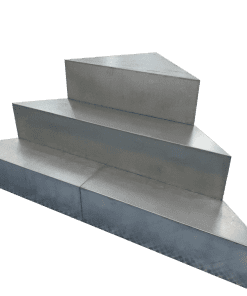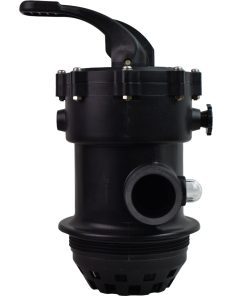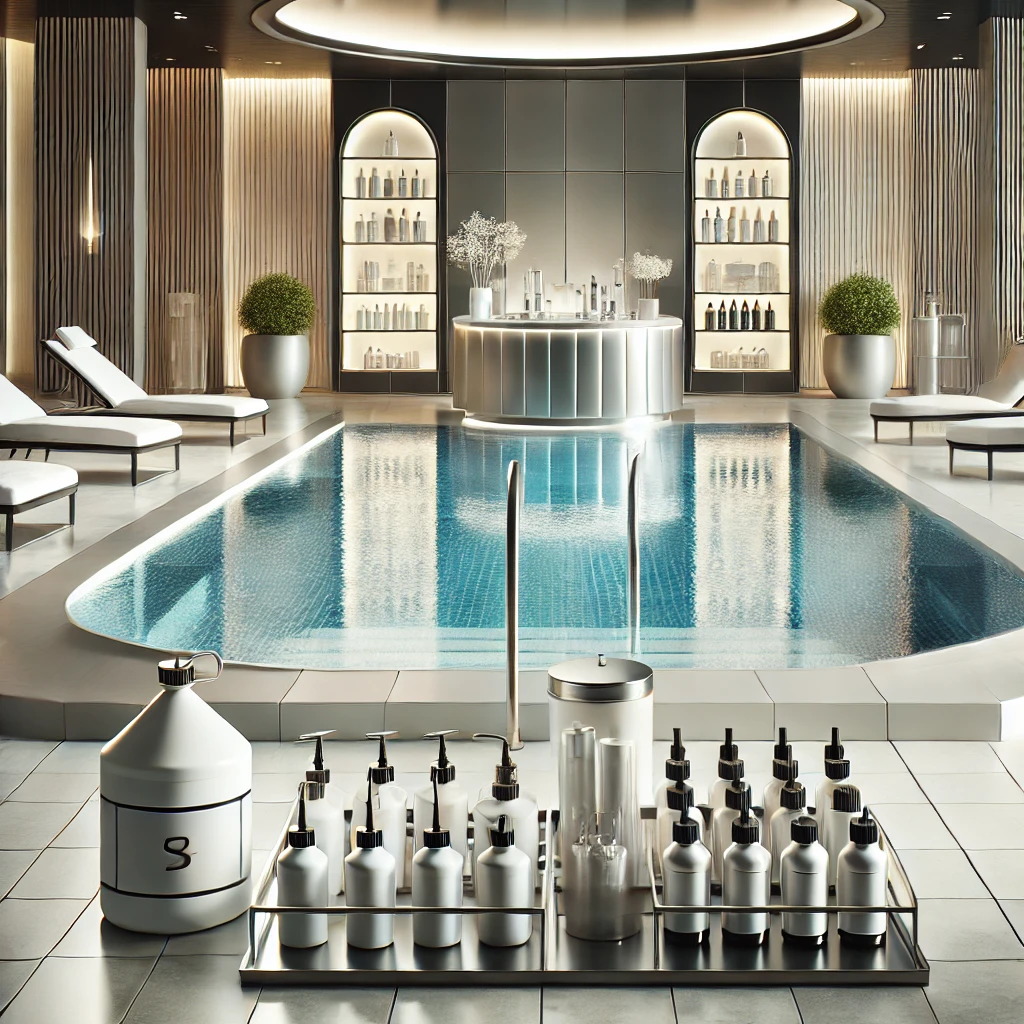Understanding Spa Pool Risks: Legionella, Pseudomonas, and More
Spa pools are wonderful for relaxation and therapy, but they can also pose health risks if not properly maintained. This blog post delves into the various microbiological and other hazards associated with spa pools. Using the advice of the Health and Safety Executive (HSE), we’ll explore these risks and what you can do about them.
Microbiological hazards in spa pools
Spa pools can be breeding grounds for various microorganisms, due to the warm, turbulent water and the high organic load from bathers [2, 3]. Understanding these risks is critical for preventing infections and keeping your spa pool safe. The risks include:
Legionella species
Legionella pneumophila is the primary cause of Legionnaires’ disease, a serious lung infection contracted by inhaling contaminated water droplets. The bacteria thrive in warm water (20-45 °C), making spa pools a potential source of infection [2]. Those with a heightened risk include smokers, heavy drinkers, the elderly and those with underlying health conditions [14].
Coliforms and Escherichia coli
The presence of E. coli indicates faecal contamination, either from contaminated skin or direct introduction. Coliforms suggest external contamination. Their presence also confirms that the water treatment has not controlled this contamination [41].
Pseudomonas aeruginosa
This bacterium is linked to outbreaks of folliculitis (skin rash), occurring around 48 hours after immersion in contaminated water. Children are more susceptible [15].
Mycobacterium avium
Respiratory diseases have been associated with this and other mycobacteria in spa pools and hot tubs [78].
Other potential infections
Other infections associated with spa pools include amoebal, parasitic and gastrointestinal infections, furunculosis (from Staphylococcus aureus), and Molluscum contagiosum (a viral skin infection) [78].
Other hazards associated with spa pools
Besides microbiological risks, several other hazards can occur, which you should also be aware of.
Chemical hazards
Chemicals used to treat the water, such as chlorine, need careful handling. Risks include overdosing and mixing incompatible chemicals which can be dangerous. You must consider COSHH guidelines [79].
Temperature hazards
Prolonged immersion in hot water can cause delayed shock and may pose risks to pregnant women and those with cardiovascular problems. Those taking medication for cardiovascular and nervous system conditions, and those with disabilities should seek medical advice before using a spa pool [79].
Electrical hazards
Electrical equipment needs to comply with the Electricity at Work Regulations 1989. Wiring must also comply with standards like BS 7671 [80].
Slips and trips
Water around the spa pool can be a slip hazard and obstructions around it can cause a trip hazard. You should carry out an assessment of this risk [80].
Confined spaces
Working in confined spaces, such as around the balance tank, poses a risk. An assessment should be done under the Management of Health and Safety at Work Regulations 1999 and The Confined Spaces Regulations 1997 [81].
Manual handling
Injuries can occur when lifting heavy items, such as chemical drums. A manual handling assessment must be completed [82].
Entrapment
There is a risk of suction entanglement in spa pool inlets and outlets. This must be risk assessed with the implementation of control measures to minimise this risk [82].
How to mitigate these risks
- Proper Water Treatment: Maintain proper pH levels and disinfectant concentrations [23].
- Regular Cleaning: Routinely clean the spa pool and its components [28, 83].
- Water Replacement: Change the water regularly to prevent the build-up of contaminants [18, 35].
- Risk Assessments: Conduct thorough risk assessments to identify and address potential hazards [84, 85].
- User Education: Educate users about hygiene and safe use [73].
Final thoughts
Understanding the various hazards associated with spa pools is crucial for maintaining a safe environment. By consistently applying best practices and ensuring safety is paramount, you can minimise risks. Remember to visit thepoolcleaners.co.uk for more information on pool and spa safety.
FAQs
What is Legionnaires’ disease and how is it contracted in spa pools?
Legionnaires’ disease is a serious lung infection caused by Legionella bacteria. It’s contracted by inhaling contaminated water droplets, such as those produced by the air jets of spa pools [2, 14].
Why is Pseudomonas aeruginosa a concern in spa pools?
Pseudomonas aeruginosa can cause folliculitis (skin rash), particularly in children, and is a sign of water treatment failure [15].
What should I do about the chemical hazards associated with spa pools?
Store chemicals properly in a secure area, and use appropriate PPE. Always follow COSHH regulations and avoid mixing incompatible chemicals [65, 79].
What steps can be taken to mitigate the risk of slips and trips?
Related Products
Related Articles
 Certikin Eps Corner Step 1575 X 900Mm (ECS1575900)
1 ×
Certikin Eps Corner Step 1575 X 900Mm (ECS1575900)
1 × Certikin 24" Tagelus Top Mount Filter C/W Media & 1½Hp Aquaspeed Pump (ZZ2663)
1 ×
Certikin 24" Tagelus Top Mount Filter C/W Media & 1½Hp Aquaspeed Pump (ZZ2663)
1 × Certikin Air Filter Kit For Variheat Series 3 Models 1200 & 1500 (FD11)
1 ×
Certikin Air Filter Kit For Variheat Series 3 Models 1200 & 1500 (FD11)
1 × Plastica Waterco Multiport Valve
1 ×
Plastica Waterco Multiport Valve
1 × Certikin Eps Corner Step 2000 X 1200Mm (ECS20001200)
1 ×
Certikin Eps Corner Step 2000 X 1200Mm (ECS20001200)
1 × AquaSPArkle - Hot Tub Flush 1 X 0.5 litre jacuzzi pool cleaner
1 ×
AquaSPArkle - Hot Tub Flush 1 X 0.5 litre jacuzzi pool cleaner
1 × Blue Horizons - Rapid Shock 1 X 650g fast dissolving oxidiser chlorine algae
1 ×
Blue Horizons - Rapid Shock 1 X 650g fast dissolving oxidiser chlorine algae
1 ×
 Certikin 24" Tagelus Top Mount Filter C/W Media & 1½Hp Aquaspeed Pump (ZZ2663)
Certikin 24" Tagelus Top Mount Filter C/W Media & 1½Hp Aquaspeed Pump (ZZ2663)  Certikin Air Filter Kit For Variheat Series 3 Models 1200 & 1500 (FD11)
Certikin Air Filter Kit For Variheat Series 3 Models 1200 & 1500 (FD11)  Plastica Waterco Multiport Valve
Plastica Waterco Multiport Valve  AquaSPArkle - Hot Tub Flush 1 X 0.5 litre jacuzzi pool cleaner
AquaSPArkle - Hot Tub Flush 1 X 0.5 litre jacuzzi pool cleaner  Blue Horizons - Rapid Shock 1 X 650g fast dissolving oxidiser chlorine algae
Blue Horizons - Rapid Shock 1 X 650g fast dissolving oxidiser chlorine algae 










